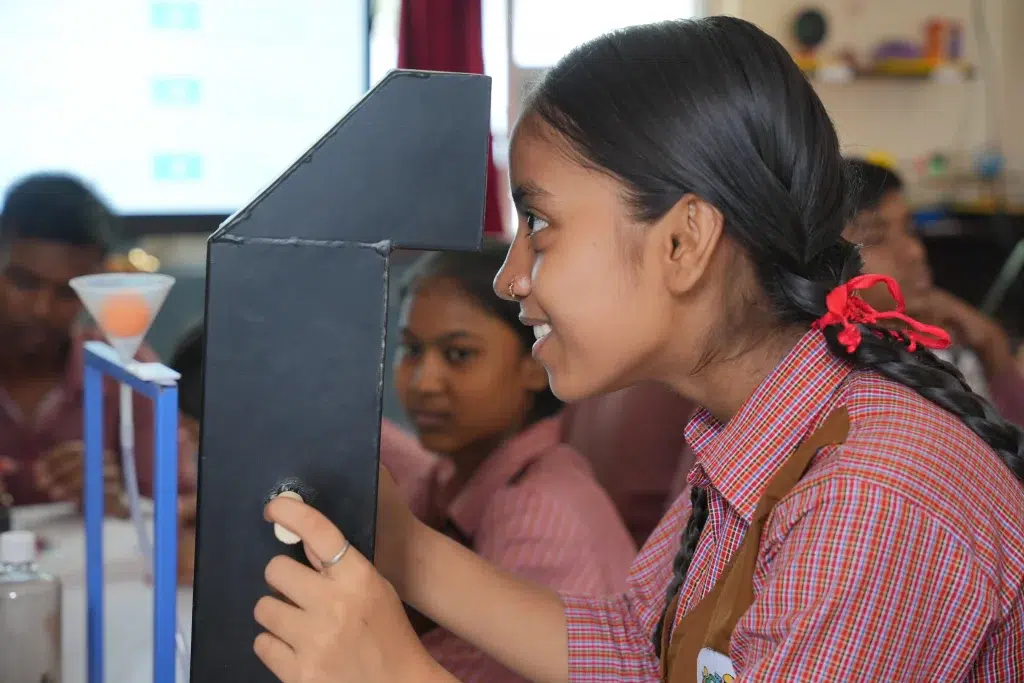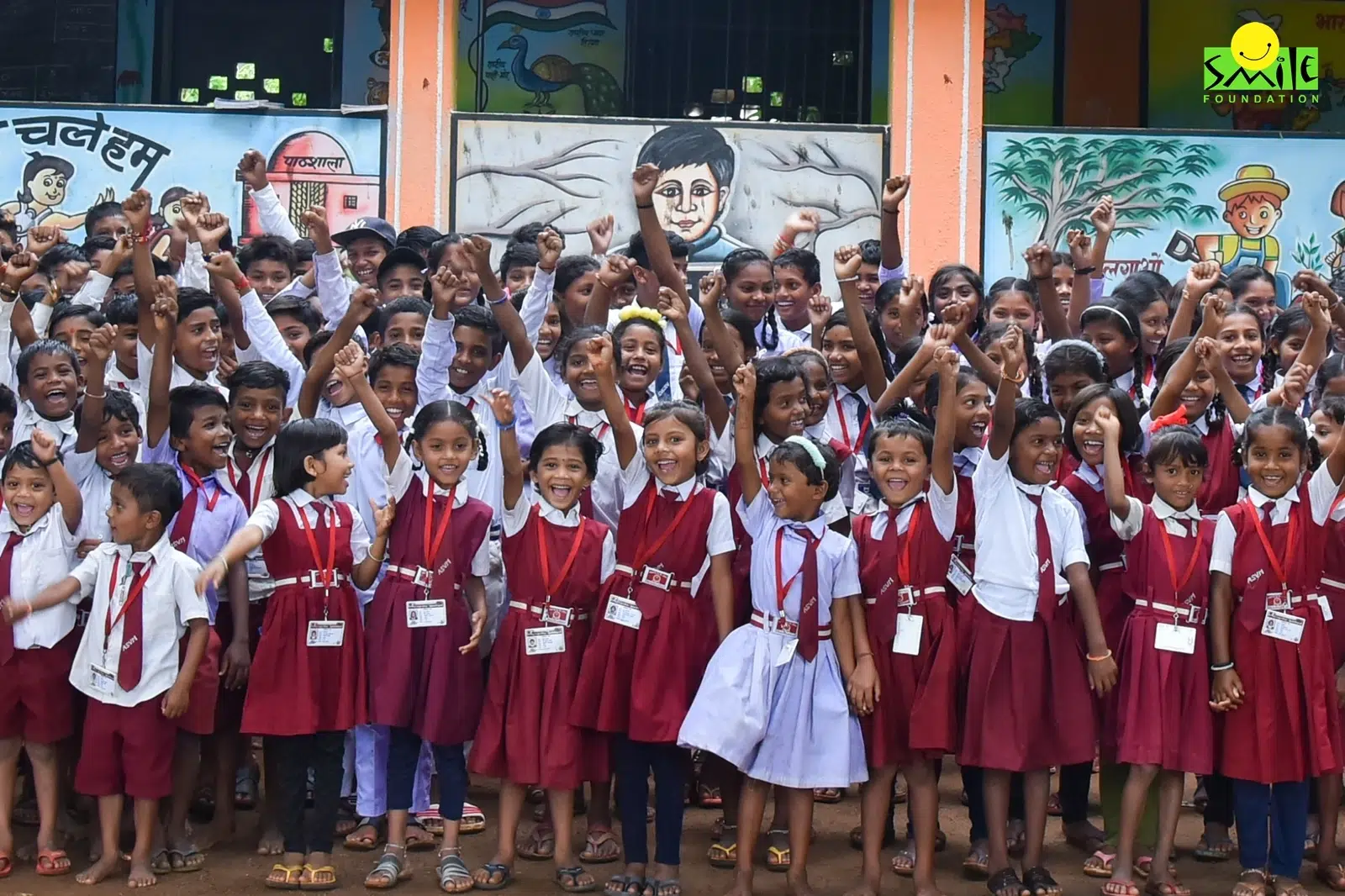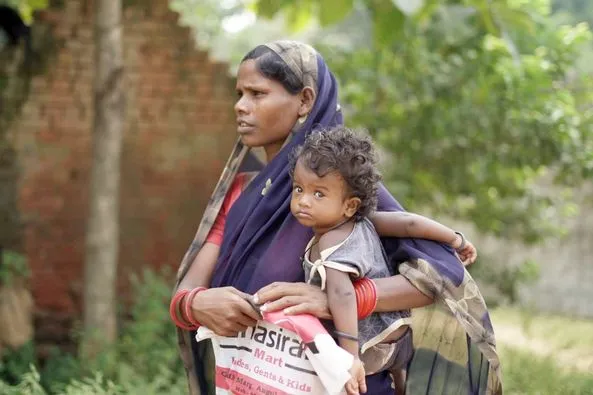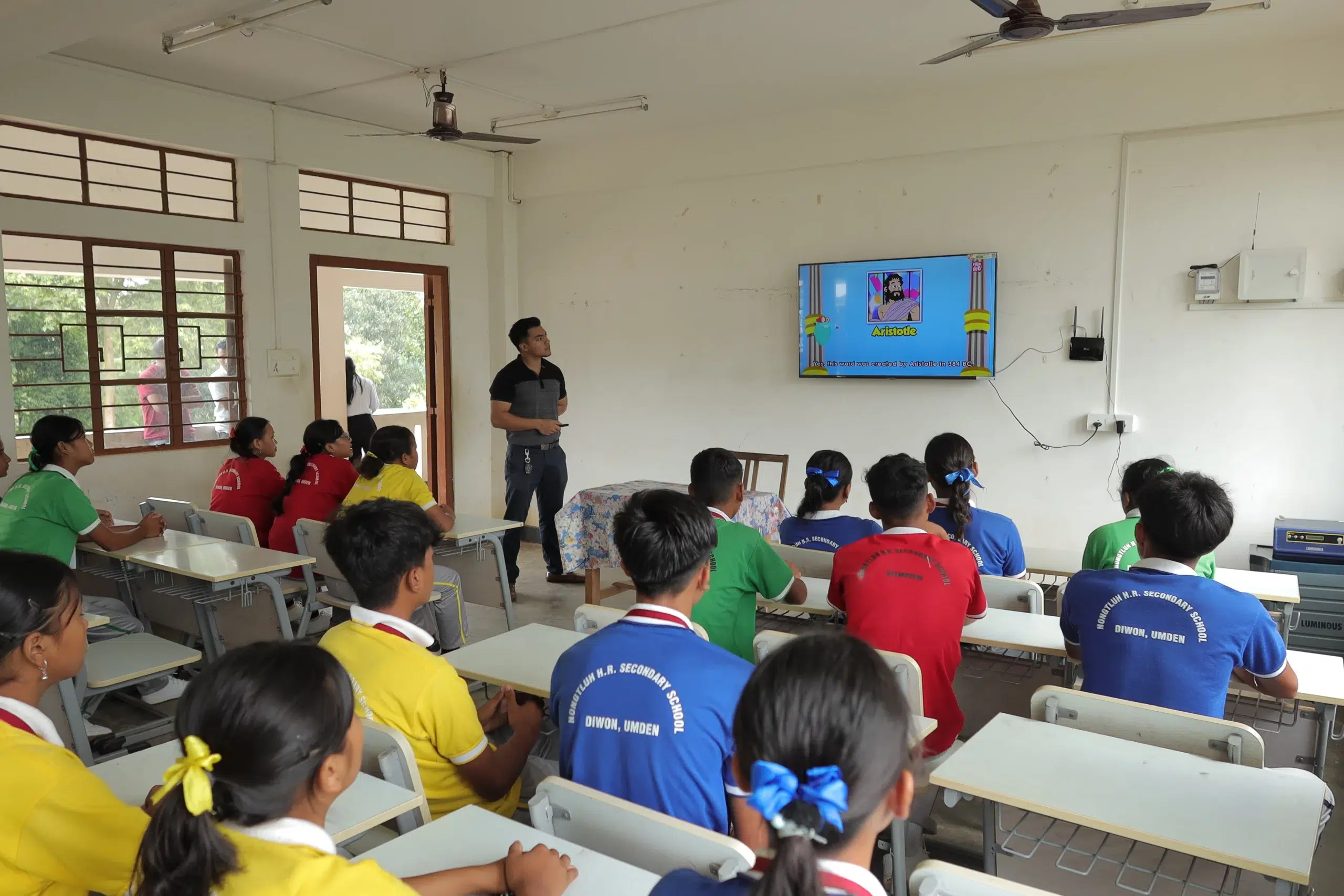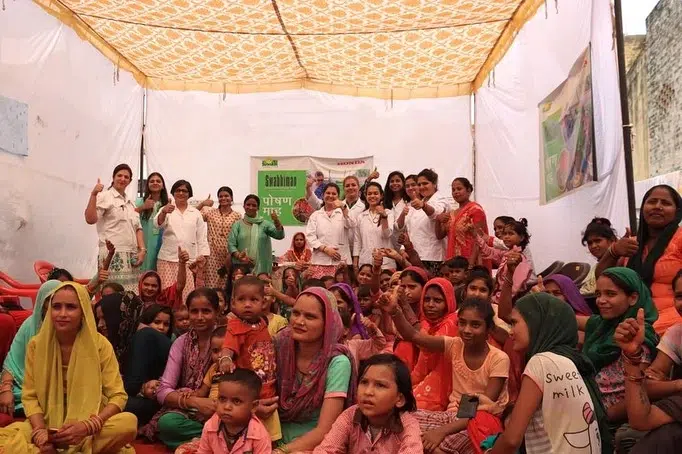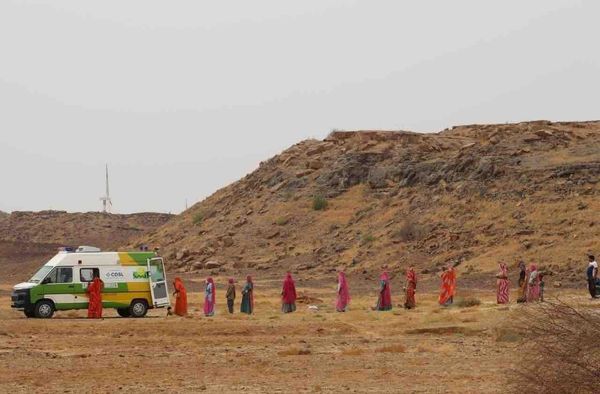Observed annually on February 28th, National Science Day marks the discovery of the Raman Effect by the legendary Sir C.V. Raman in 1928. This day is not only a celebration of India’s rich scientific heritage but also a call to action—to ignite curiosity, nurture talent, and expand access to scientific education. However, inspiration alone is insufficient; what India needs is a concerted effort to institutionalize STEM education as a vehicle for social transformation.
STEM Education in India: A Critical Imperative
The concept of STEM education was pioneered by the National Science Foundation (NSF) in the U.S. in 1986 to cultivate a highly skilled workforce capable of driving national economic prosperity. In today’s rapidly evolving global economy, STEM professionals are in high demand across industries, particularly in emerging sectors like electric vehicle production, artificial intelligence, and renewable energy.
Globally, countries like Malaysia, Tunisia, the UAE, and South Korea have strategically invested in STEM education, recognising its role in driving economic growth. In India, ongoing efforts have led to the graduation of 1.5 million engineers annually from over 4,000 institutions. However, rural children continue to face significant challenges. Infrastructural limitations, a shortage of trained educators, and deep-rooted socio-economic disparities hinder STEM education’s reach, leaving millions trapped in a cycle of poverty, inadequate healthcare, and unstable living conditions.
Challenges in Rural Education
India’s rural educational landscape is still going through a significant transformation and there’s no doubt that all social stakeholders are and must be involved in restructuring the Indian educational structure to be more inclusive and accessible for all. However, despite India’s growing emphasis on STEM disciplines, rural communities continue to grapple with obstacles such as:
- Deficiency of Skilled Educators: Many teachers lack the requisite training and pedagogical tools to effectively impart STEM knowledge.
- Linguistic and Conceptual Barriers: Teaching methodologies often fail to align with students’ linguistic and cultural contexts, diluting engagement and comprehension.
- Scarcity of Resources and Infrastructure: Schools in remote areas are frequently devoid of laboratories, scientific equipment, and interactive learning tools.
- Limited Parental and Community Awareness: Societal perceptions and lack of awareness regarding STEM careers discourage students from pursuing these fields.
So what should be the action plan for making India’s STEM education an inclusive educational intervention?
Initiatives Fostering STEM Education in India
Over the last few years, the Indian Government has scaled up its efforts through various educational interventions. One such intervention is the NEP 2020-India’s first education policy of the 21st century, that aims to revolutionise the education system, with a strong emphasis on STEM education. This policy seeks to cultivate critical thinking, innovation, and problem-solving skills, making learning more engaging and application-based.
Key Transformations Under NEP 2020
| Initiative | Impact |
| Holistic and Inquiry-Driven Pedagogy | Encourages integration, flexibility, and experiential learning, moving away from rote memorisation. |
| Conceptual Understanding Over Memorisation | Focuses on key concepts, real-world applications, and problem-solving. |
| Early Introduction of Coding (Class 6 Onwards) | Prepares students for the digital economy, fostering computational thinking. |
| Integration of Emerging Technologies | Introduces AI, Machine Learning, Blockchain, and Data Science in school curricula. |
| Early Exposure to STEM | Children as young as six are introduced to foundational concepts in maths and computational thinking. |
| Multidisciplinary Approach | Bridges the gap between humanities and STEM, fostering well-rounded education. |
Expanding STEM Accessibility with Smile
Smile Foundation’s Mission Education initiative is committed to bridging the systemic gaps in STEM education, ensuring that rural children receive opportunities to explore, innovate, and dream beyond their immediate realities. By aligning its efforts with NEP 2020, the G20 Education Working Group, and FLN skills, Smile Foundation has provided a scalable and sustainable model for grassroots STEM education across 27 states, benefiting over 1,60,000 children last year.
Our model of working integrates within the community to understand their unique challenges by working collectively towards-
| Key Focus Area | Intervention | Impact |
| STEM for All | Deploying STEM education programmes in both formal schools and informal community settings | Ensures children, regardless of infrastructure constraints, gain exposure to scientific learning, fostering problem-solving skills and analytical thinking. |
| Developing curriculum-aligned models to integrate STEM into existing educational frameworks | Bridges the gap between theoretical knowledge and practical application, enhancing cognitive development. | |
| Fostering hands-on experiential learning through DIY kits and interactive demonstrations | Converts abstract concepts into tangible experiences, boosting critical thinking, perseverance, and confidence. | |
| Building Educator Capacity | Conducting advanced teacher training programmes to enhance instructional efficacy | Empowers educators with effective teaching techniques, ensuring structured and engaging STEM learning. |
| Integrating cutting-edge pedagogical techniques to improve student engagement and comprehension | Encourages an inquiry-driven learning approach, replacing rote memorisation with discussions, experiments, and projects that enhance creativity and logical reasoning. | |
| Community and Parental Integration | Establishing after-school STEM engagement programmes | Ensures continued exploration of STEM in a fun, collaborative environment, reinforcing knowledge retention. |
| Mobilising parental and community involvement | Creates a supportive learning ecosystem at home, fostering curiosity and encouraging children to pursue scientific aspirations. | |
| Deploying Mobile STEM Labs for Outreach | Establishing mobile science laboratories equipped with 20+ demonstration models | Brings hands-on STEM learning to rural children, sparking interest and enhancing cognitive skills. |
| Setting up a centralised hub for logistical support and material distribution | Ensures remote schools and community centres receive quality STEM resources, promoting equitable education. | |
| Hosting interactive workshops and innovation fairs | Provides platforms for children to showcase ideas, enhancing public speaking, teamwork, and independent thinking. | |
| Fostering a Culture of Innovation | Establishing science clubs for continued engagement | Encourages experimentation, resilience, and collaboration beyond the classroom. |
| Organising annual innovation fairs for student-led advancements | Instill a sense of achievement and ambition, reinforcing the value of their skills and ideas. |
STEM Education- A Strategic CSR investment?
STEM education is not just about creating future scientists—it is about building a generation equipped with the skills to solve real-world challenges, uplift their communities, and drive national progress. Investing in rural STEM education as CSR is an investment in a more equitable, innovative, and self-reliant India.
On this National Science Day, let us reaffirm our commitment to fostering an education system that is inclusive, future-ready, and innovation-driven. India’s next generation of scientists, engineers, and technologists cannot emerge in isolation; they need access, mentorship, and opportunity. As corporate stakeholders, policymakers, and changemakers, we have the power to drive this transformation.
The future of India’s scientific and technological progress hinges on collective action and if your organisation’s CSR for education supports child education in India, then partner with us, as the time to act is now.



